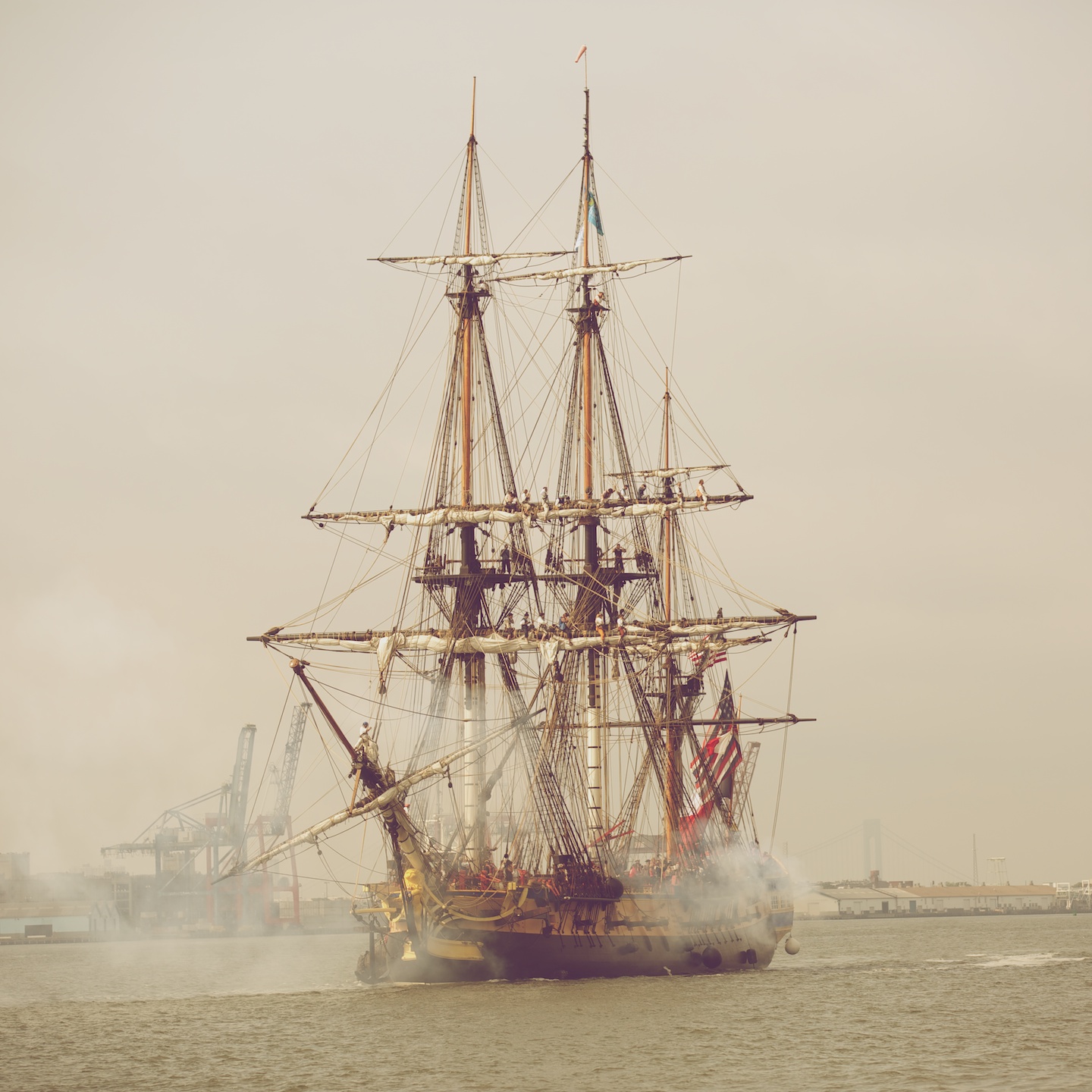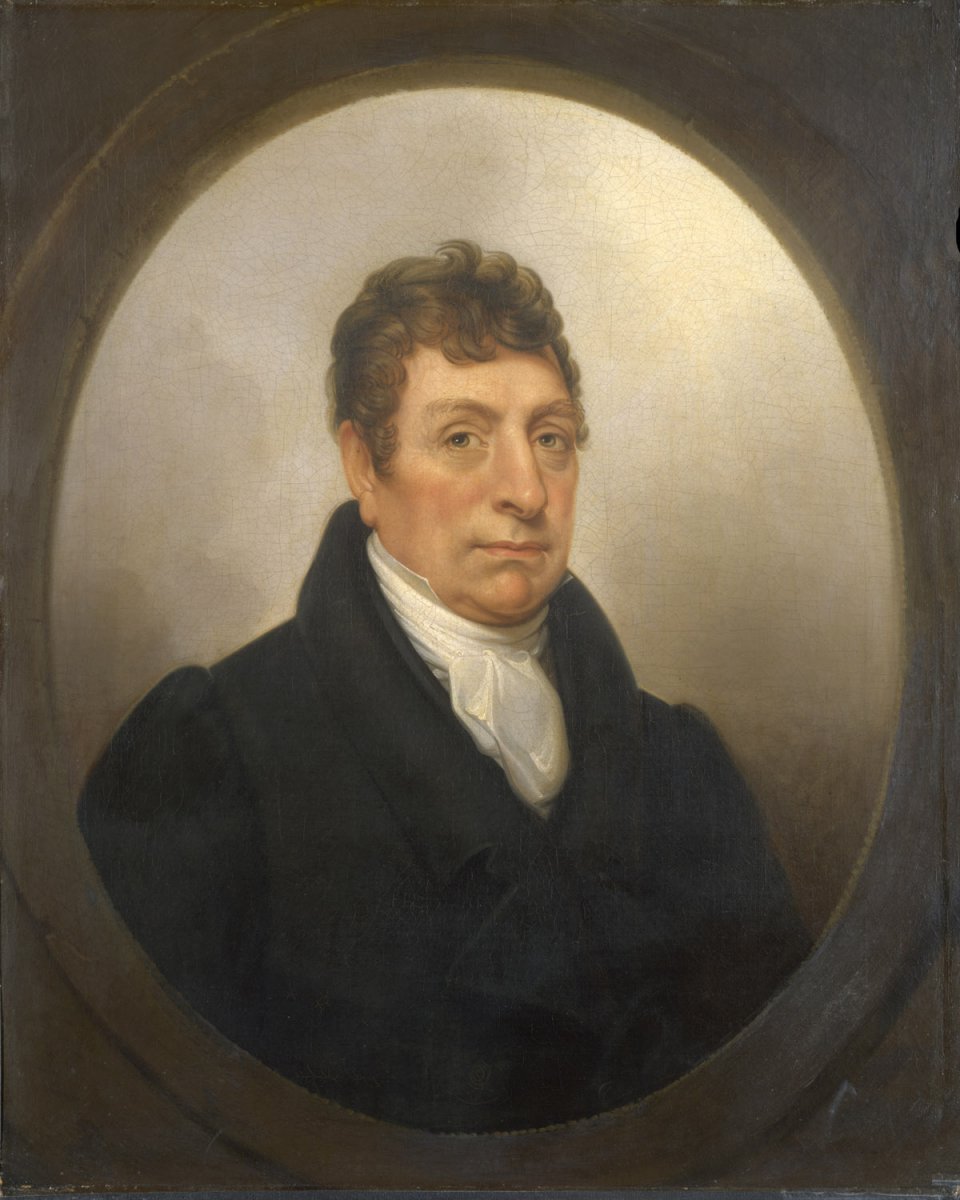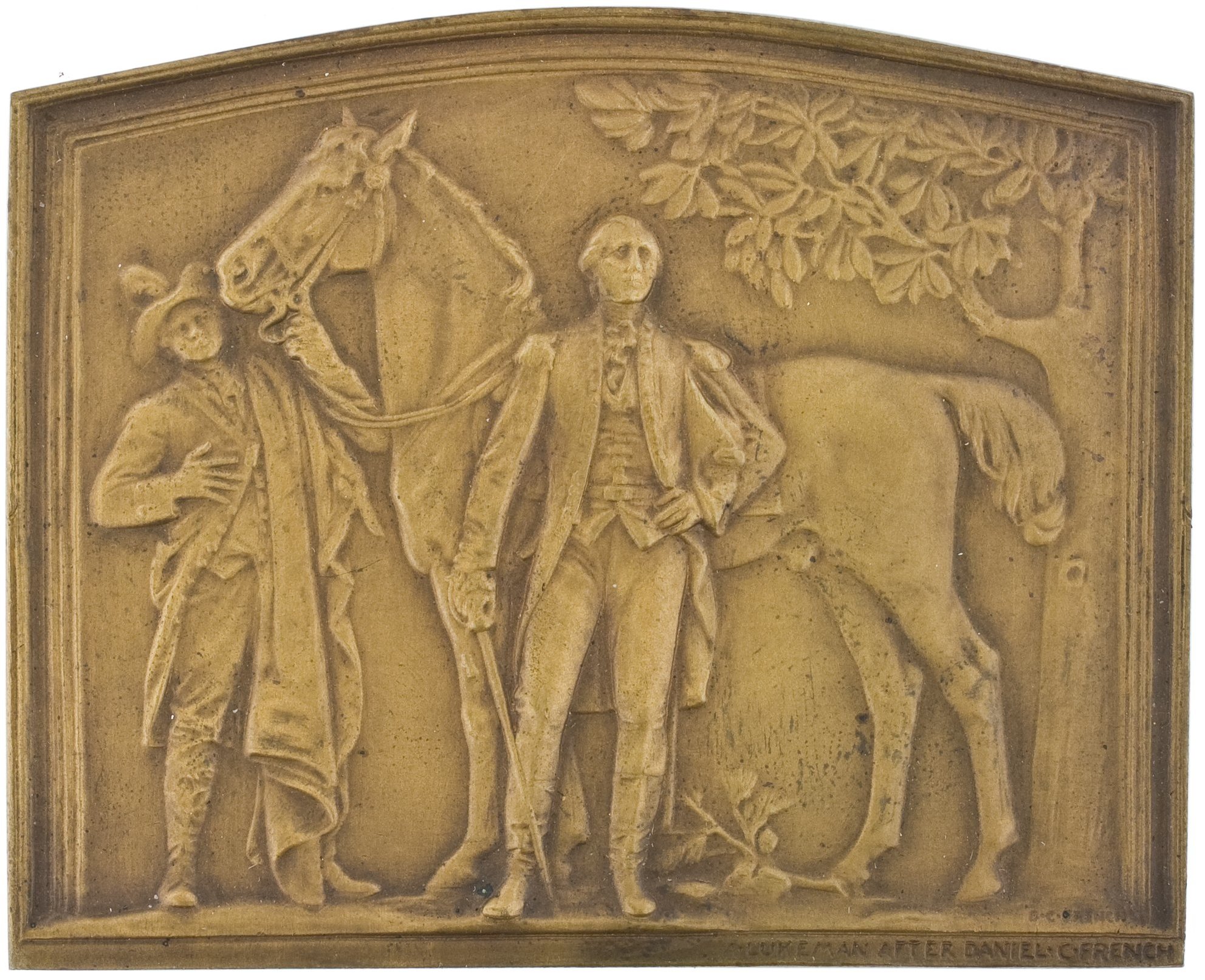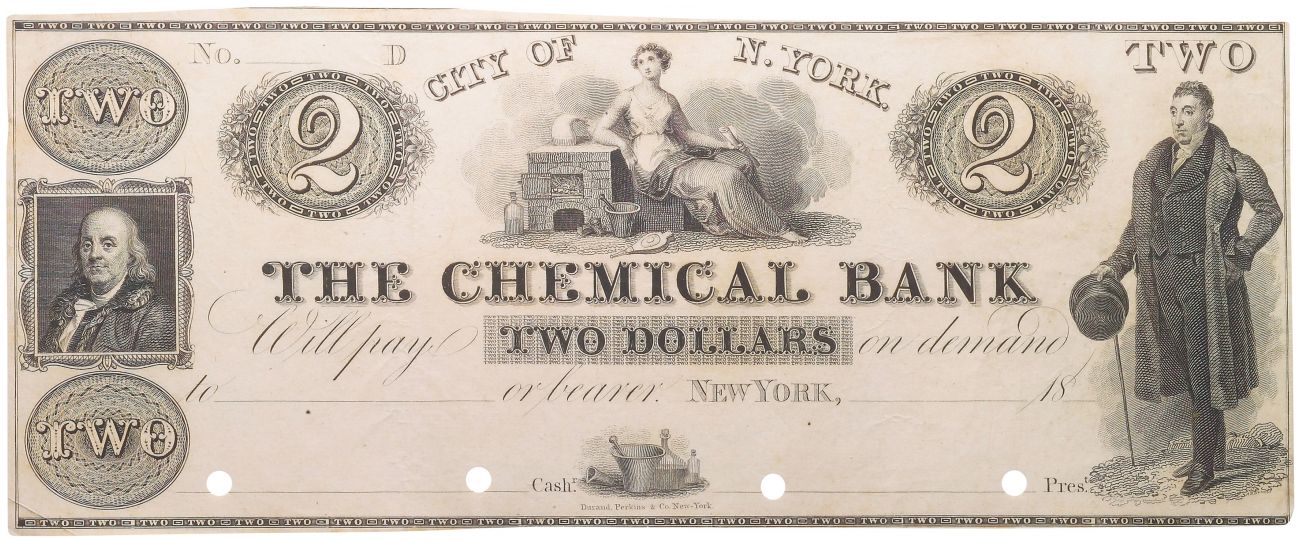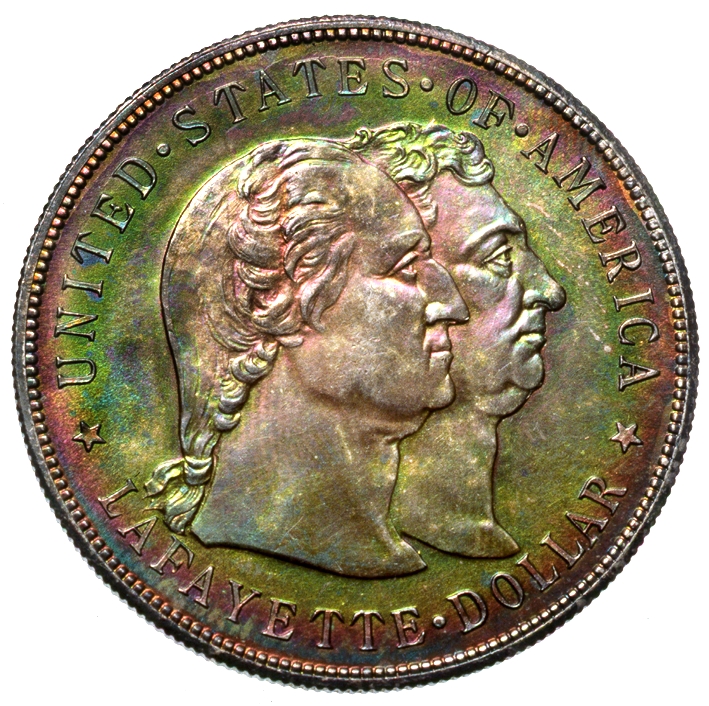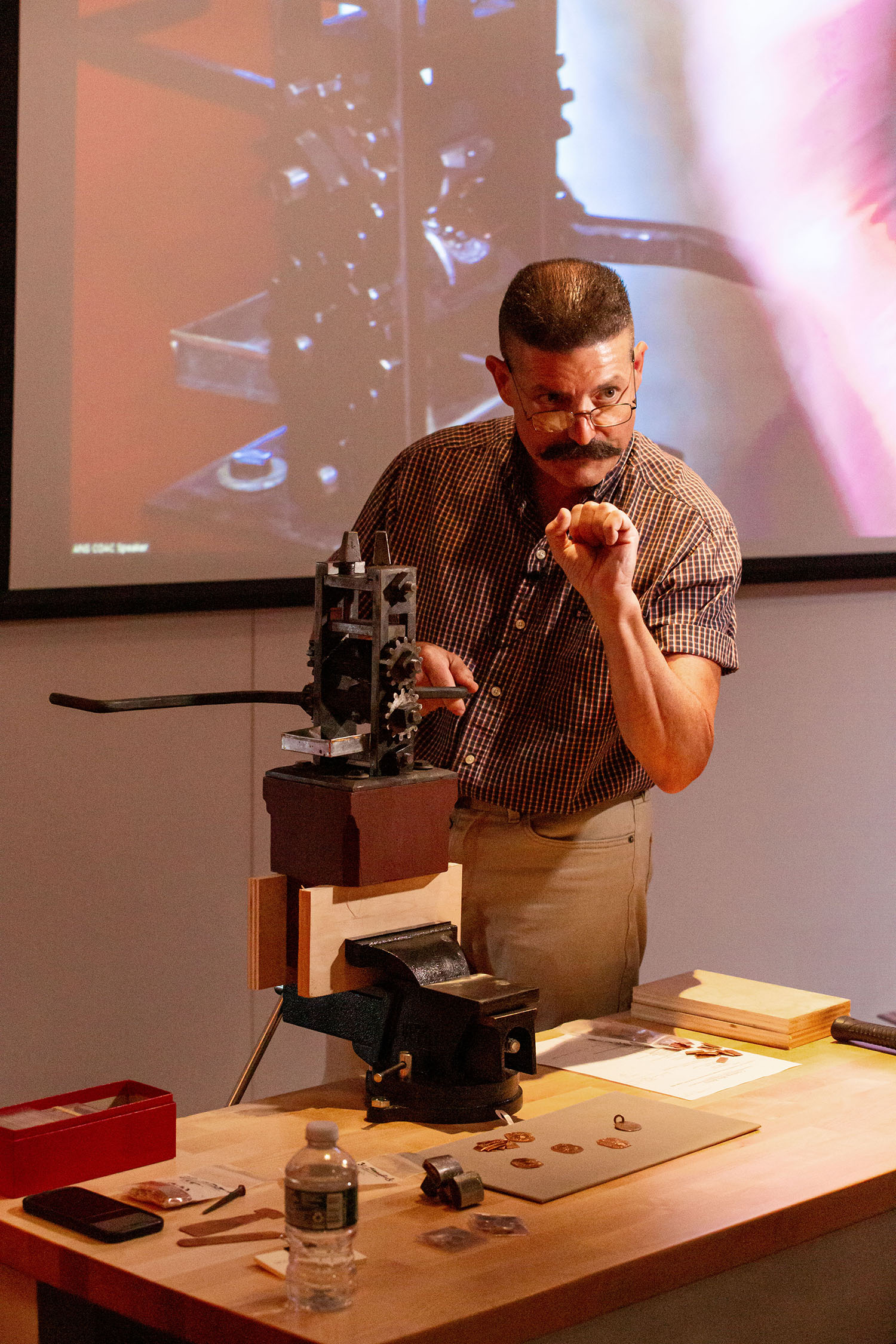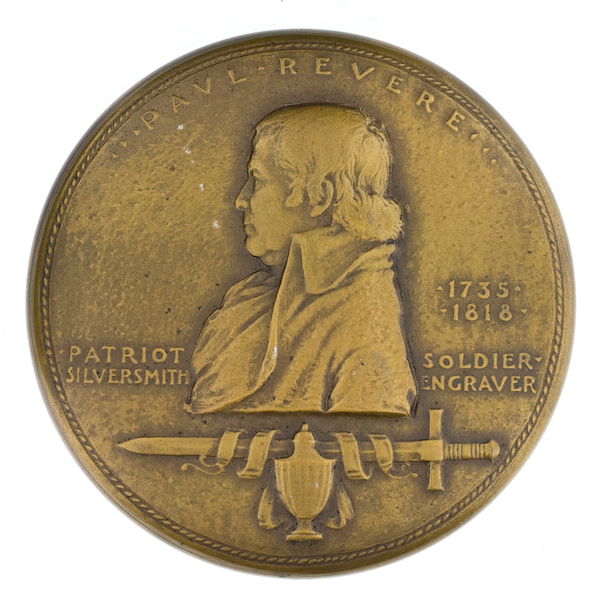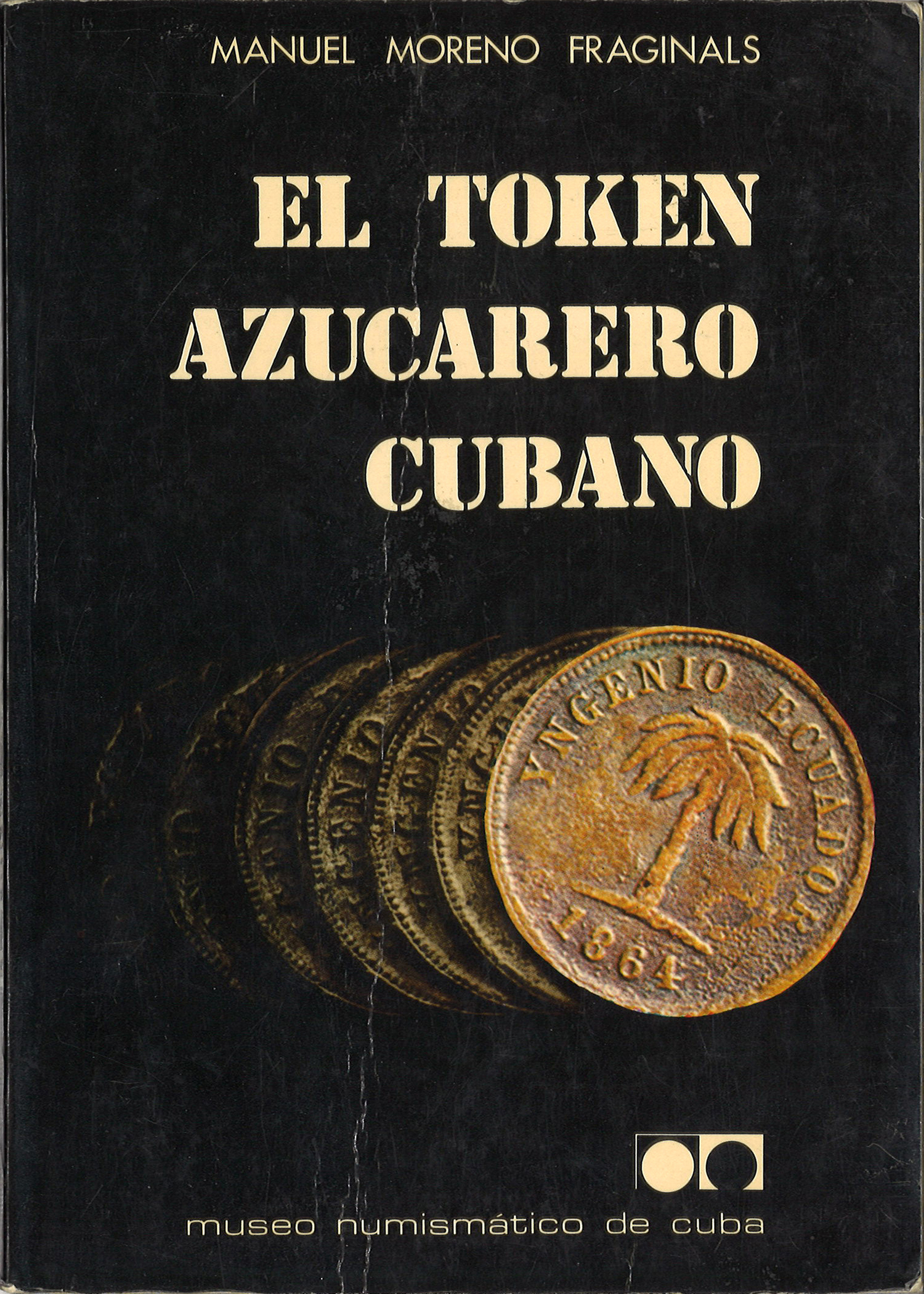Bastille Day, Lafayette, and Numismatics
Happy Bastille Day! The ANS was energized a week or so ago by the arrival of the Hermione, a replica of the ship that brought the Marquis de Lafayette back to these shores in 1780 with the news that desperately needed military and financial support from the French government was on its way to the rebellious colonists.
The travels of the Hermione along the Eastern seaboard have been accompanied by commemorations and exhibitions devoted to the entwined histories of France and the United States. Although I have not yet had the chance to view the exhibition at the New-York Historical Society, I was able to attend the opening of the Boston Athenæum’s wonderful Lafayette: An American Icon, which runs through September 27.
Curator David Dearinger has assembled a fabulous collection of materials that celebrate the role that the Marquis de Lafayette played in the founding of the United States. The checklist seems to have every important portrait of Lafayette in a wide variety of media, including sculptures by Jean-Antoine Houdon and Paul Wayland Bartlett, paintings by Rembrandt Peale (left) and Jean-Baptiste Le Paon, and a number of drawings and prints. This ample visual material is supplemented by contemporary documents and manuscripts, and the whole is neatly displayed in the Norma Jean Calderwood Gallery.
Most notably in the context of this blog is that the exhibition includes several items on loan from the American Numismatic Society. Given the predilection for medal-making in the United States and France, it should hardly be surprising that so many medals celebrating the achievements of Lafayette, his good friend George Washington, and the cause of liberty more generally were struck. Among these was a bronze plaque by Henry Augustus Lukeman (1872-1935), which is modeled on Daniel Chester French’s sculpture in Prospect Park…which was in turn modeled on the Le Paon painting on view in the exhibition.
Numismatic representations of Lafayette were not of course limited to medals. According to John Muscalus’ Index of State Bank Notes that Illustrate Characters and Events (1938), Lafayette was second only to Washington and Franklin as a personage on early American paper money.
The figure of Lafayette at right was engraved by Asher B. Durand (1796-1886) after a famous 1819 portrait by Ary Scheffer for an obsolete note issued by the Chemical Bank of New York in the 1830s.
Lafayette even at one point made an appearance on circulating US federal currency. What has come to be known as the Lafayette dollar was minted in 1899 to finance a gift by the United States to France for the Paris Exposition of 1900. The fifty thousand coins were all minted in a single day, December 14, 1899, and it was the first coin to depict an American citizen–George Washington. These “commemoratives” were sold for $2 each to raise funds, the end result of which was a statue of Lafayette by Paul Bartlett that now stands in the Parisian park Cours-la-Reine.
My favorite Lafayette-related object in the ANS collection, which is also part of the Athenæum’s exhibition, is an 1823 large cent that has been overstruck with dies representing George Washington and General Lafayette.
The 1824 date on Lafayette’s counterstamp indicates that it was made to commemorate his 1824-25 return tour of the United States, which saw him honored wherever he visited. The celebrations that have greeted the Hermione this summer suggest that the more things change, the more they stay the same.


